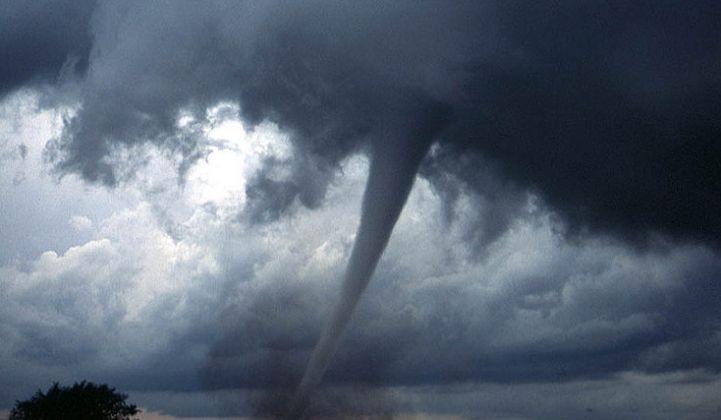Natural disasters like the recent tornadoes in the Midwest and Southern U.S. highlight the need for a smarter electrical grid as some homes are still without power, even a month after the event. Not only are power outages inconvenient for consumers, they are extremely costly for utilities. However, the length of outages and restoration of service could be drastically reduced if communications technologies were able to react in real time as part of a connected (smarter) grid.
While outages certainly can’t be prevented when it comes to natural disasters, better monitoring within the distribution grid, both above and below ground, can immediately identify damage to the grid in an effort to restore service more quickly.
Utilities are responsible for a large number of hard-to-reach endpoints in harsh environments, including substations, distribution circuits, pad-mount boxes, and below-ground vaults. These can be even more difficult to reach after a natural disaster. Automated sensing applications, connected wirelessly, can provide feedback to utilities in near-real-time, allowing them to pinpoint the exact location of the damage and react. Additionally, these devices can deliver a continuous stream of information about the condition of the grid, which greatly enhances the utility’s ability to manage assets efficiently.
So the best place to start is to deploy a wireless communication system that works effectively given these circumstances. Purpose-built wireless networks are engineered to provide higher levels of reliability than public networks through a combination of wireless technologies and architectures. With this network, utilities can ensure that mission-critical traffic is properly prioritized and reliably delivered, something that is hard to ensure over public wireless networks, especially during emergencies and natural disasters when public networks can degrade significantly due to traffic congestion.
This type of system in the smart grid allows small bursts of information to be sent back to utilities from sensors in the transmission and distribution system and saves the time and manpower of sending someone to the endpoint to determine and resolve the problem. This real-time data can also assist utilities when planning and prioritizing the outage responses during large disasters.
Standards are rapidly developing. The 2009 ARRA funding totaled $4.3 billion in smart grid development and deployment. Now, utilities must decide on a system that can provide reliable coverage and capacity -- even when disaster strikes.
I’ll be speaking about communication infrastructures of the smart grid at Greentech Media’s The Networked Grid 2012 event next month and will discuss the shortcomings of existing solutions deployed today, as well as the technology required to make the vision of a smarter grid a reality.
***
Joaquin Silva is a founder of On-Ramp Wireless, located in San Diego. He serves as President and CEO.



